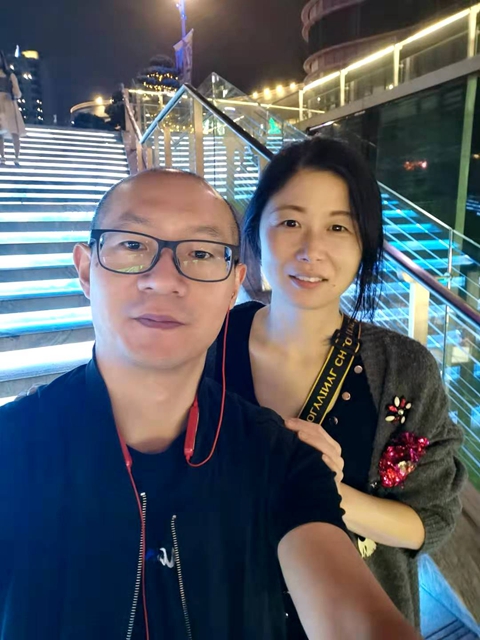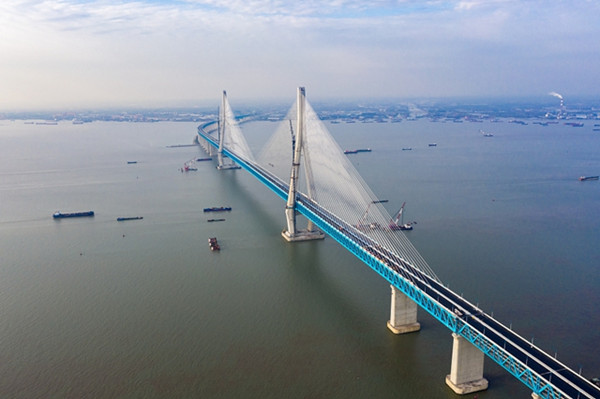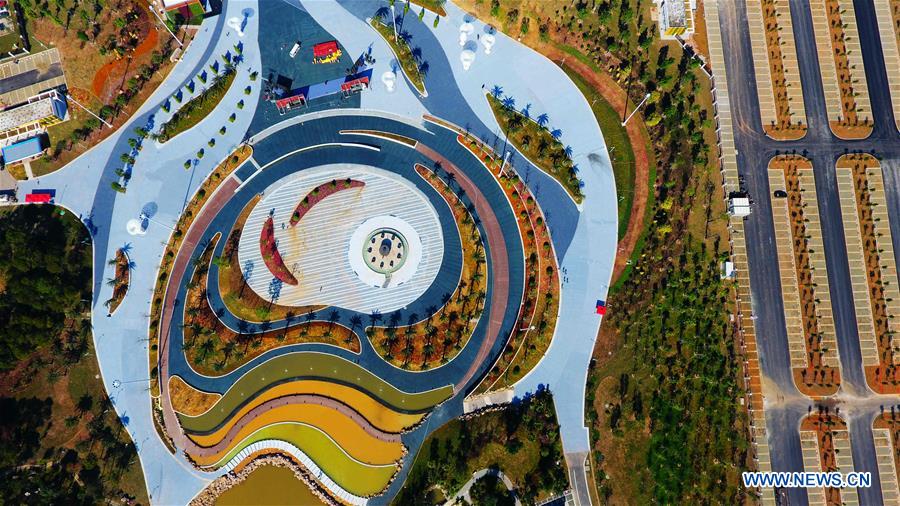For Zhao Tiantian and Gu Jie who work in Shanghai, the best thing in each week is to go back to Jiangsu’s Nantong and reunite with their parents and child.

(Photo provided by Zhao Tiantian)
“We take the Shanghai-Suzhou-Nantong High-speed Railway for just an hour and a half to return to Nantong from Shanghai. It’s a fast and safe journey," said Gu Jie. In the past, the journey home took at least three hours for them.
The turning point was the opening of the massive Shanghai-Suzhou-Nantong Yangtze River Bridge on July 1st this year.

(VCG photo)
The Shanghai-Suzhou-Nantong High-speed Railway is an important link of the coastal corridor in the country’s “eight vertical and eight horizontal” high-speed railway network, according to the medium-and long-term railway network planning.
Transportation interconnection is a key support and important carrier for the integrated development of the Yangtze River Delta. It’s expected that the dynamic delta region will enjoy a faster, efficient transportation network in the future, as the Huai’an-Zhenjiang section of the Lianyungang-Huai’an-Yangzhou-Zhenjiang High-speed Railway, including the Wufengshan Yangtze River Bridge, Yancheng-Nantong and Lianyungang-Xuzhou high-speed railway lines are ready to open.
At present, the connected comprehensive transportation network has taken shape in the Yangtze River Delta, and there are 28 interprovincial expressways and 17 high-speed railways.
In addition to progress in the rail transit system, efforts to connect the separate roads across regions will accelerate the pace of integration. On November 9, the connection of Kangli Road and Donghang Road after renovation cut travel time between Suzhou’s Wujiang District and Shanghai’s Qingpu District from 40 minutes to 5 minutes.

As it becomes much easier for people to travel, efforts are also underway to speed up cargo transport across the region. Key projects such as the Changzhou-Taixing Cross-river Channel and the Phase II Project of Lianyungang Port have made smooth progress.
Professor Cheng Changchun, president and chief expert of the Jiangsu Yangtze River Economic Belt Research Institute of Nantong University, said as roads with a dead end are now connected, provinces and cities are well poised to introduce supportive policies and align the development strategies with deeper coordination. This progress will also help stimulate initiatives small or big, such as cross-regional use of transportation cards, access to public service, and cooperation in social governance. It’s necessary to maintain the momentum of development and remove other barriers affecting integration in medical care, education and market administration.
Contact us at english@jschina.com.cn
Related: H5 blind box game helps to explore the Yangtze River Delta Integration








